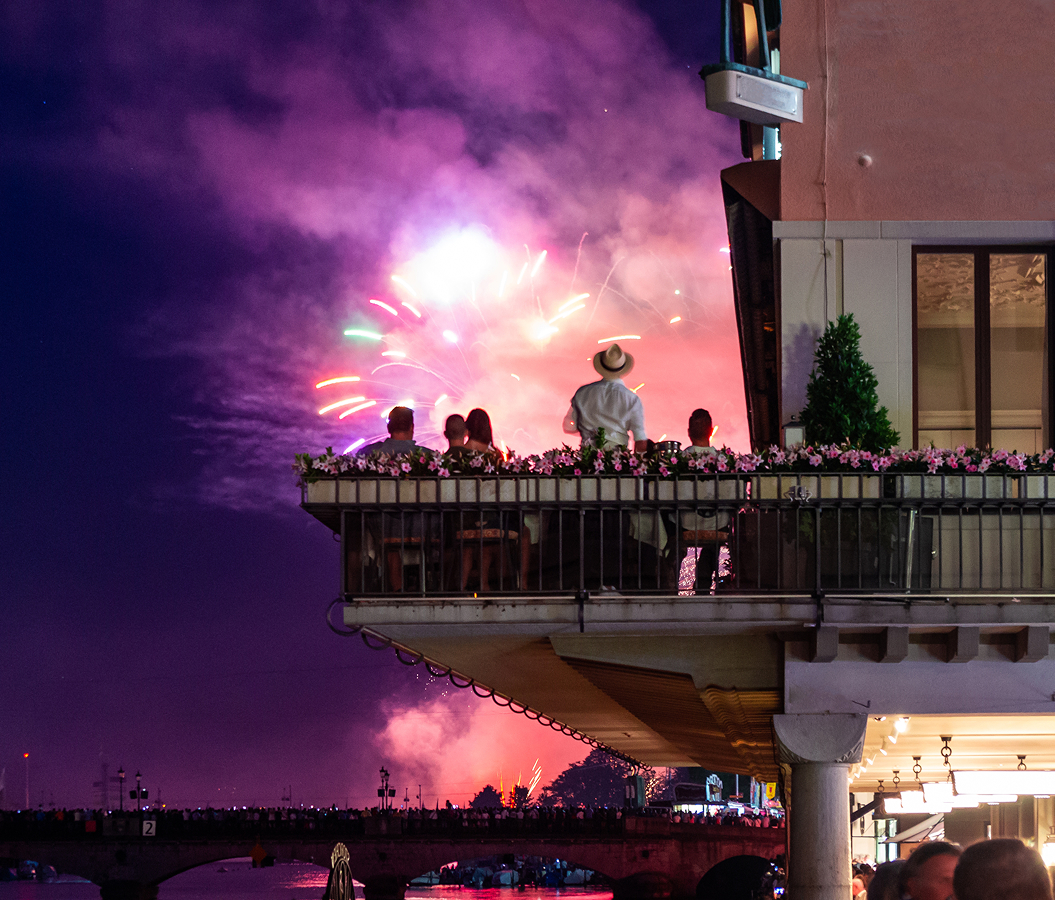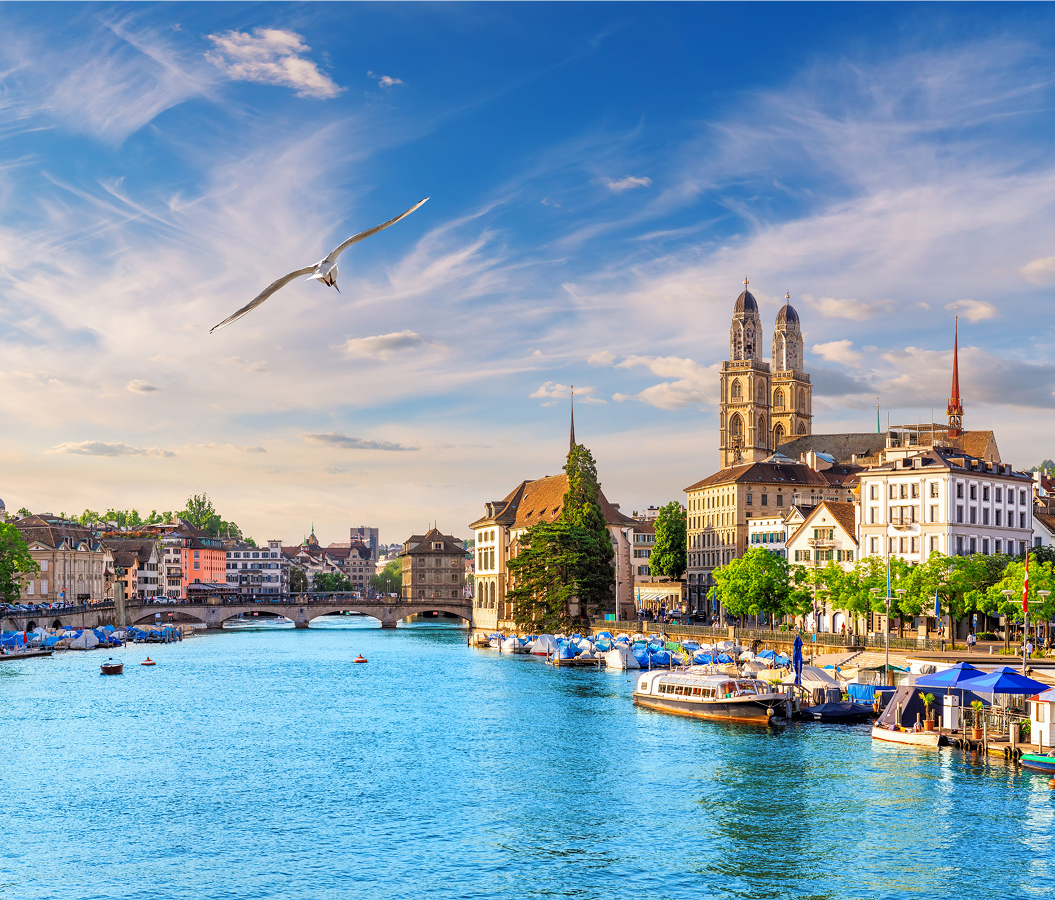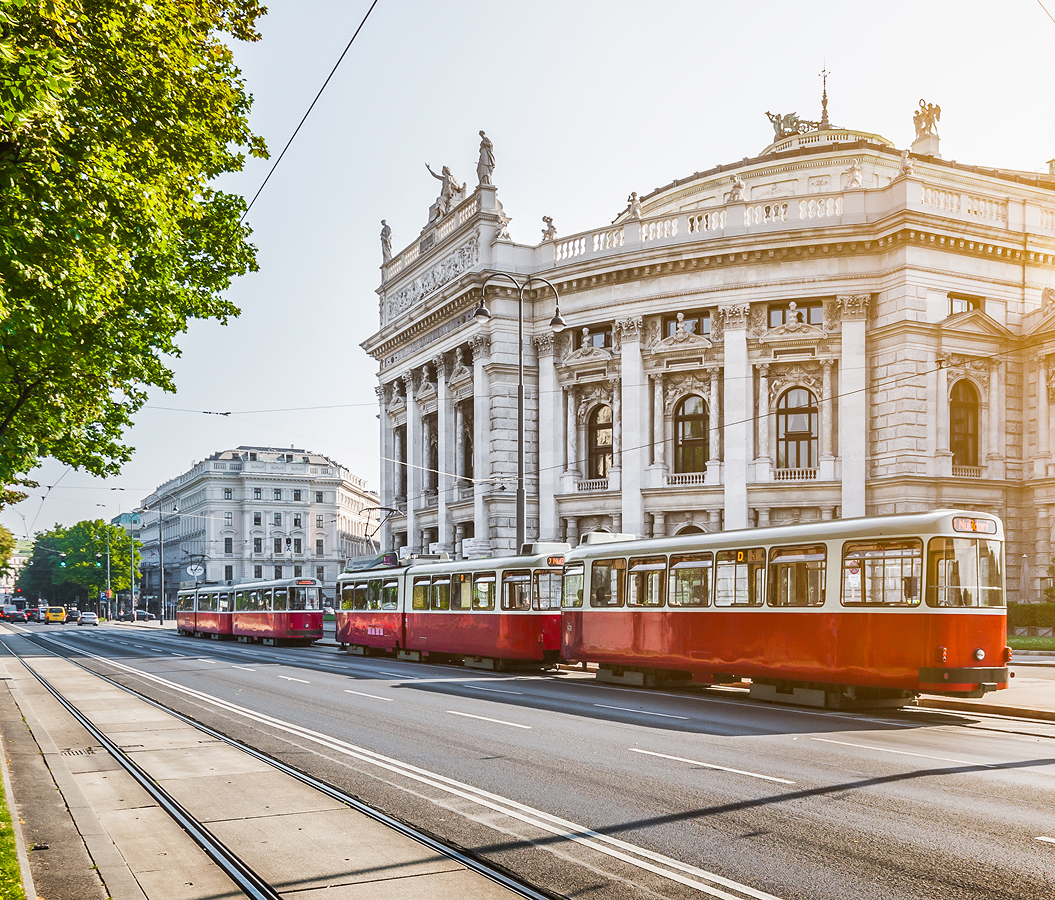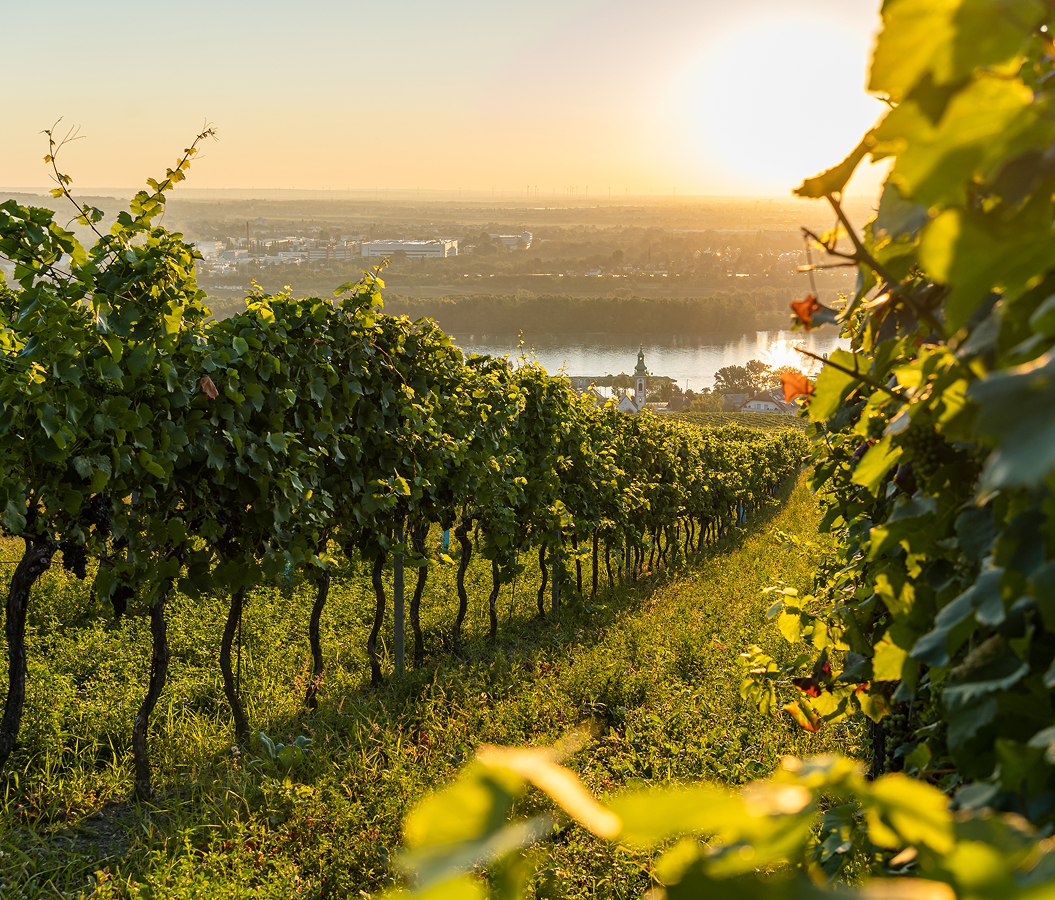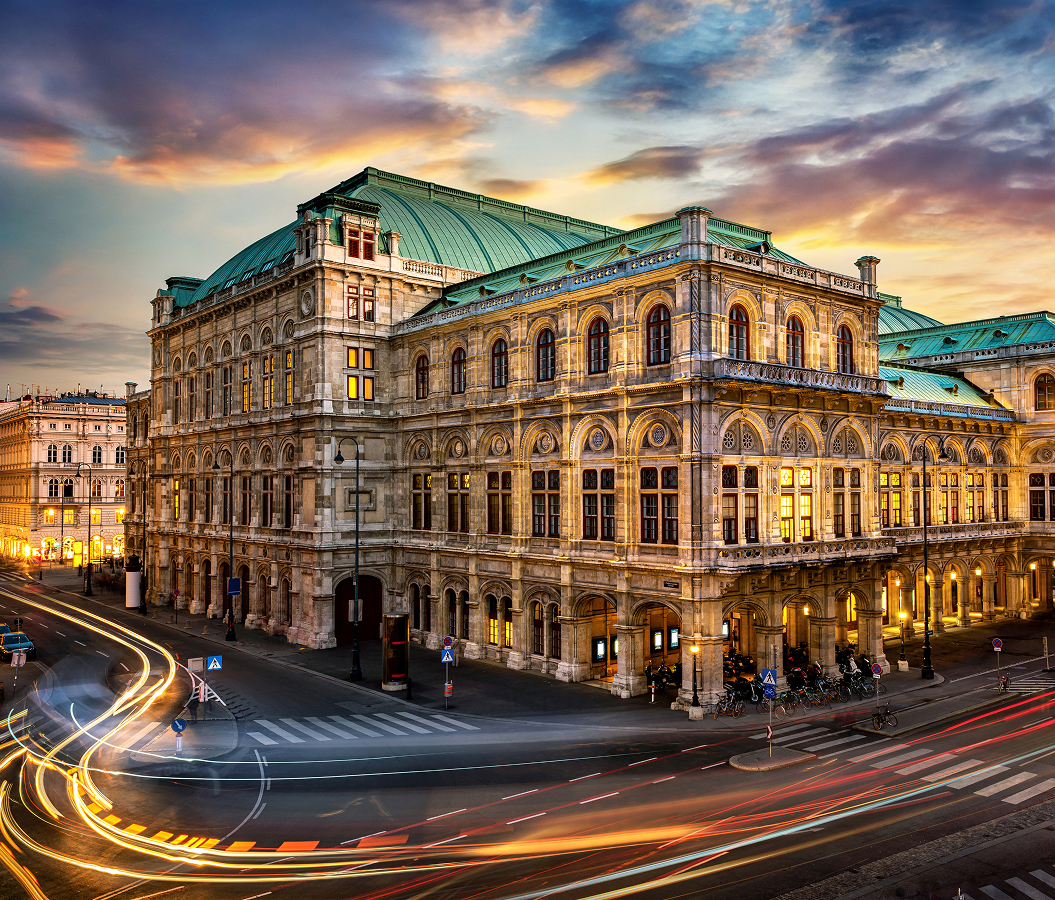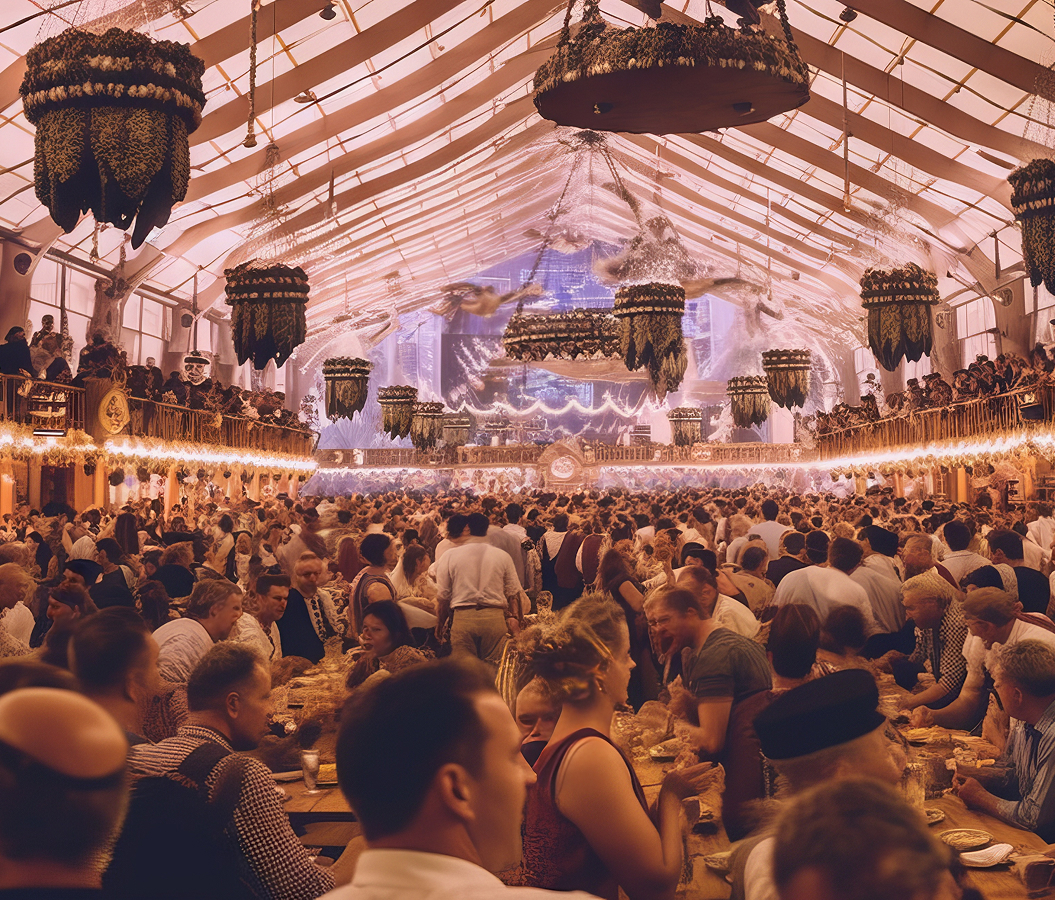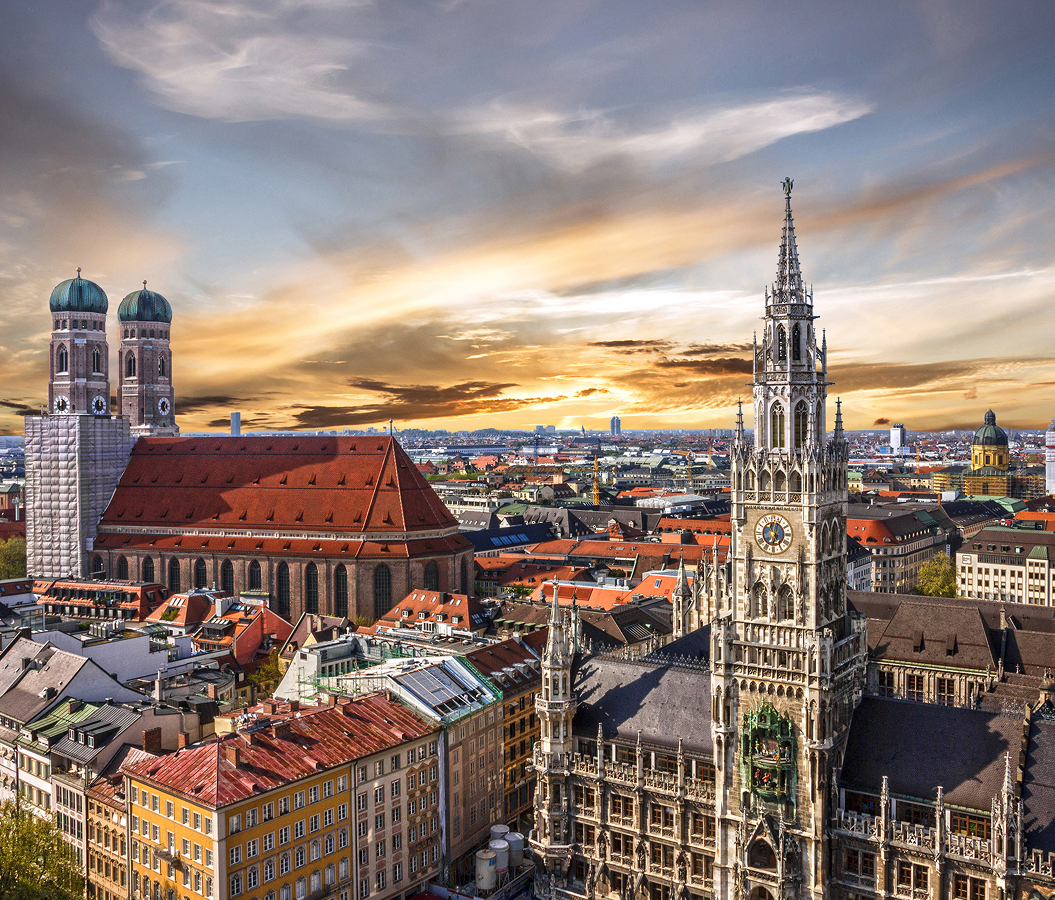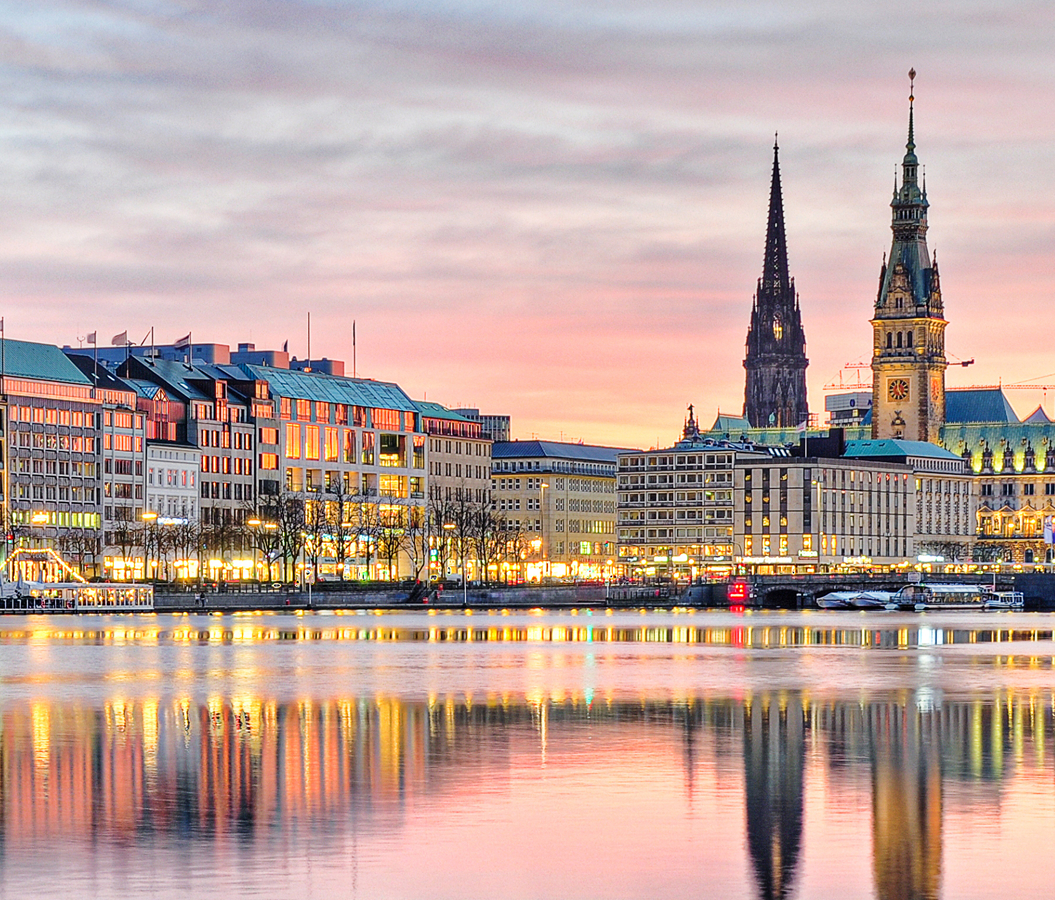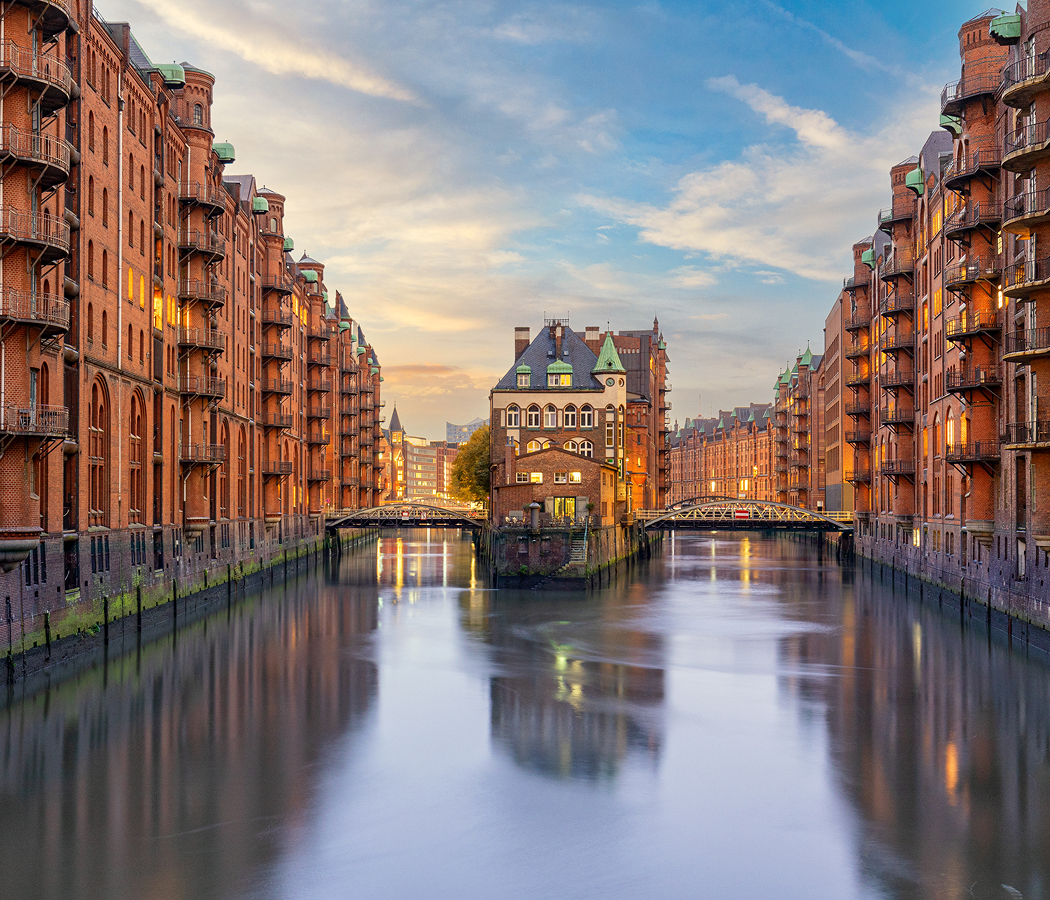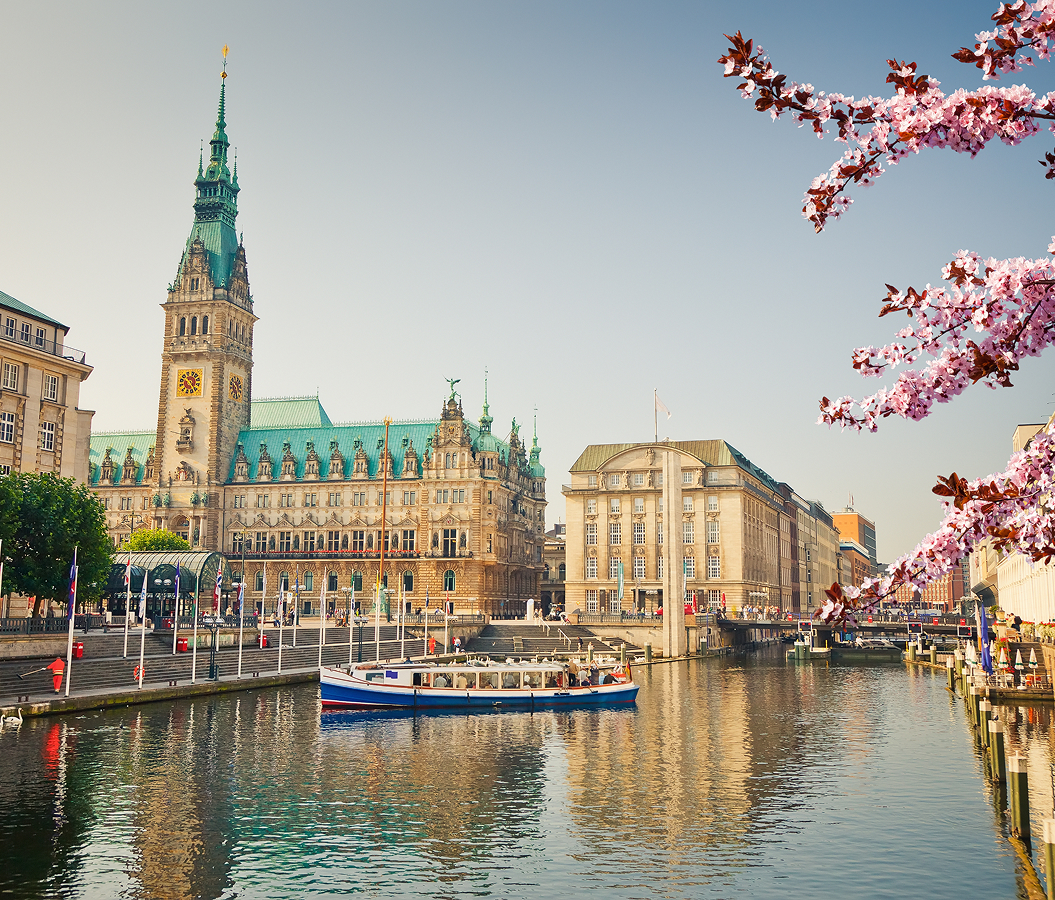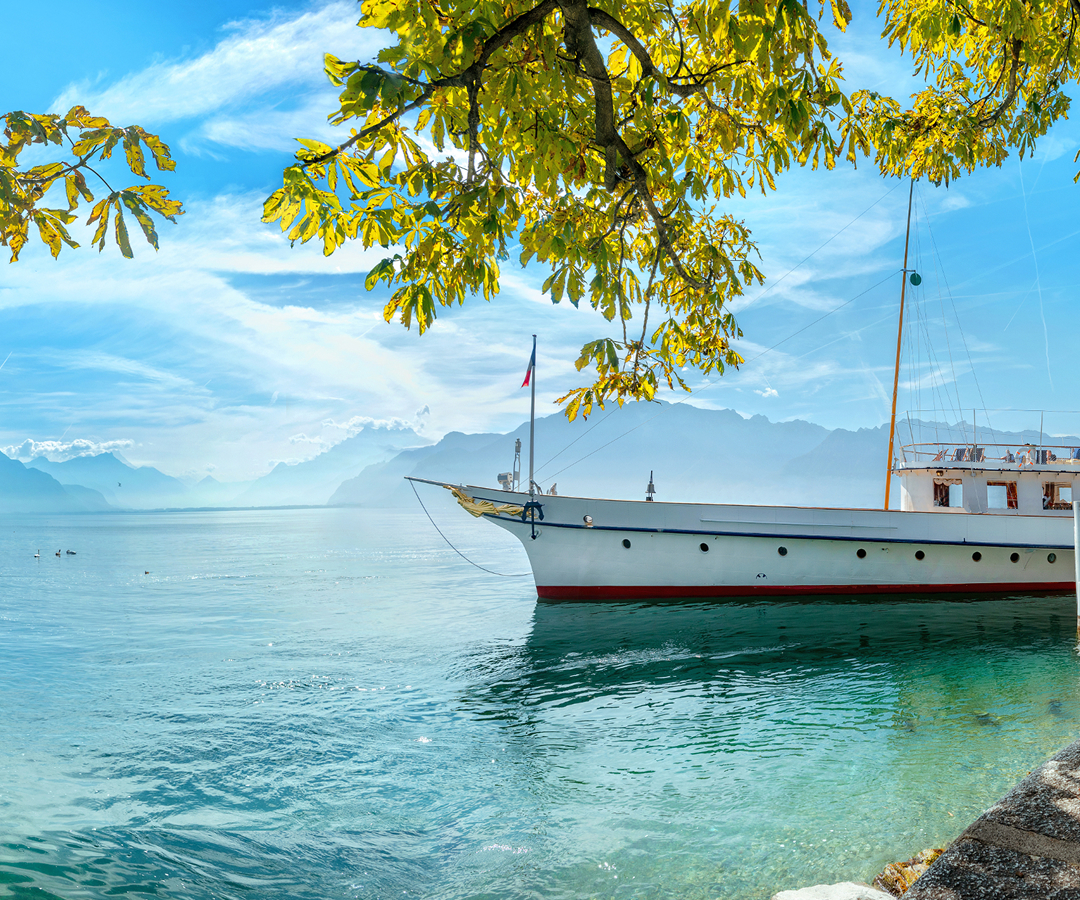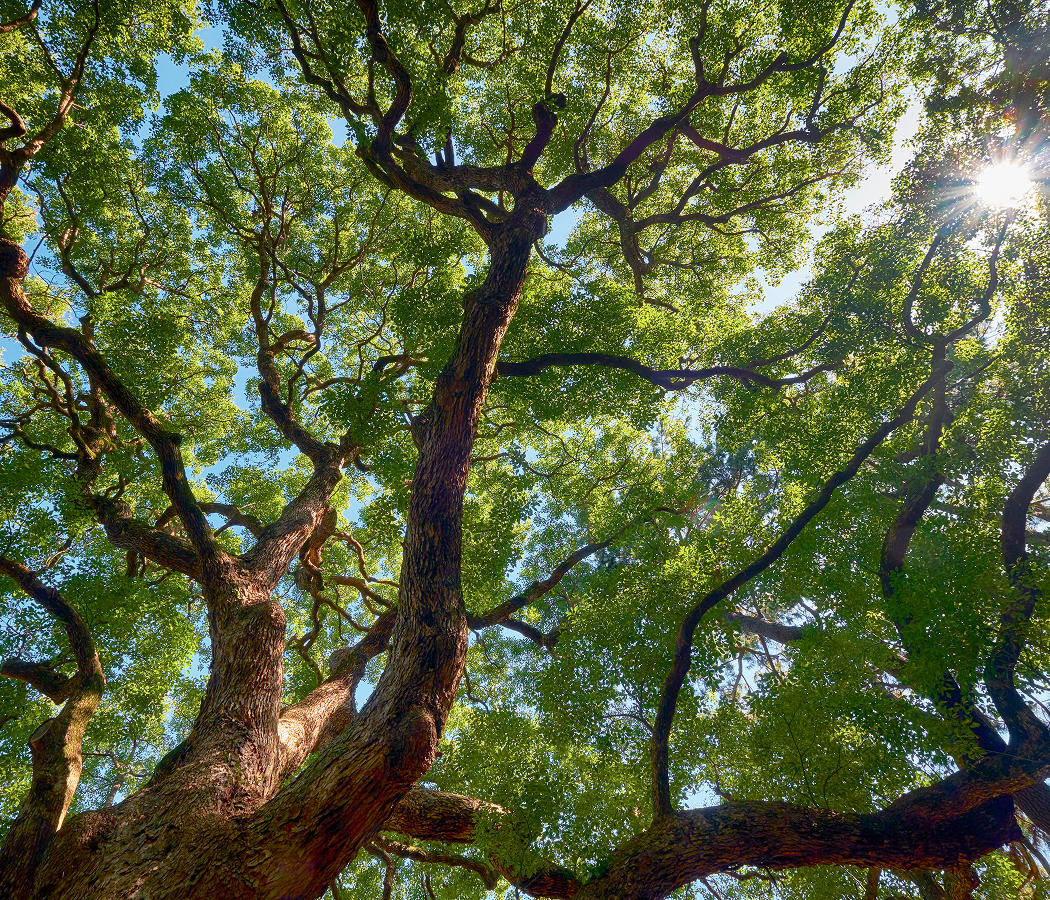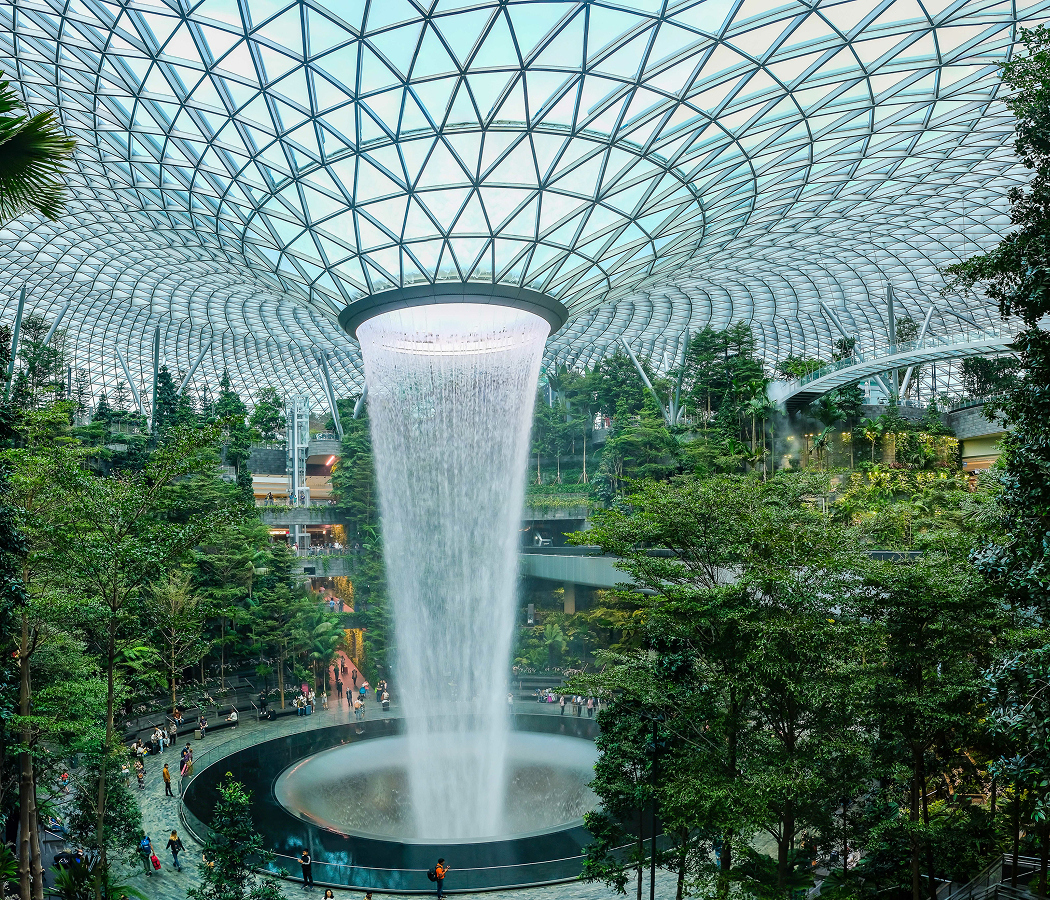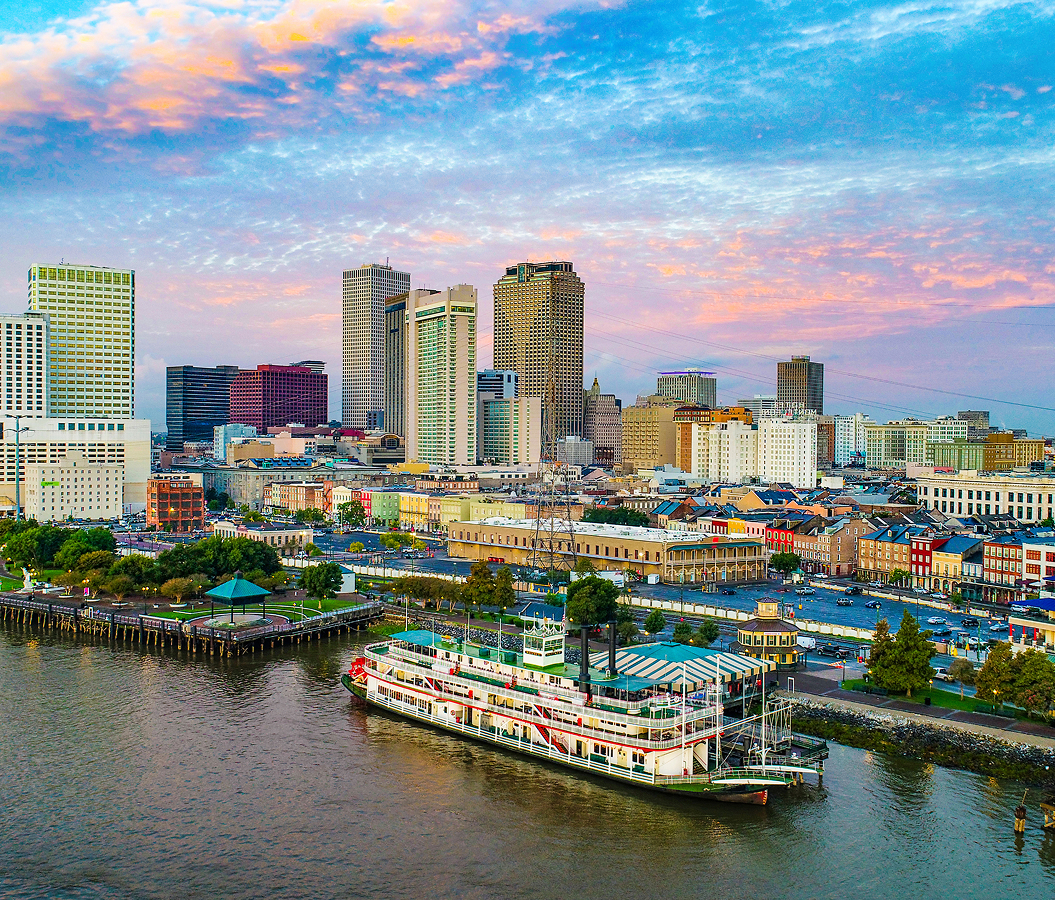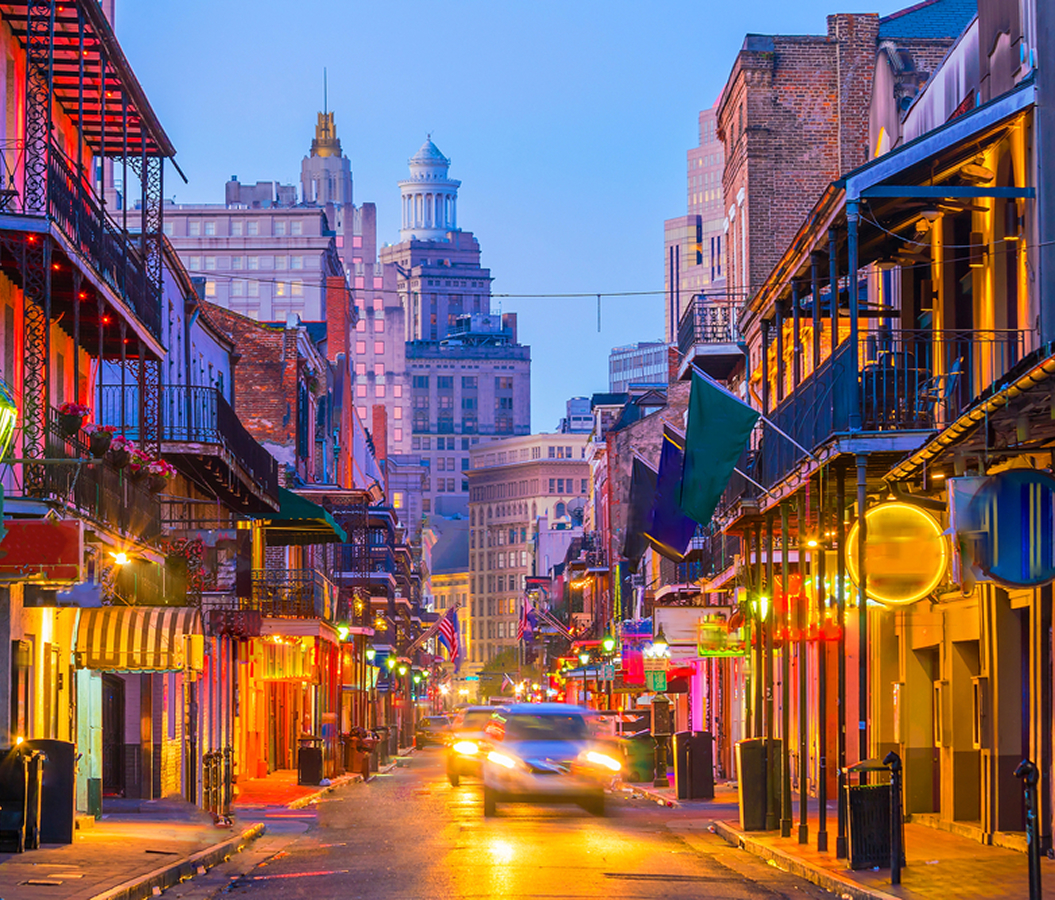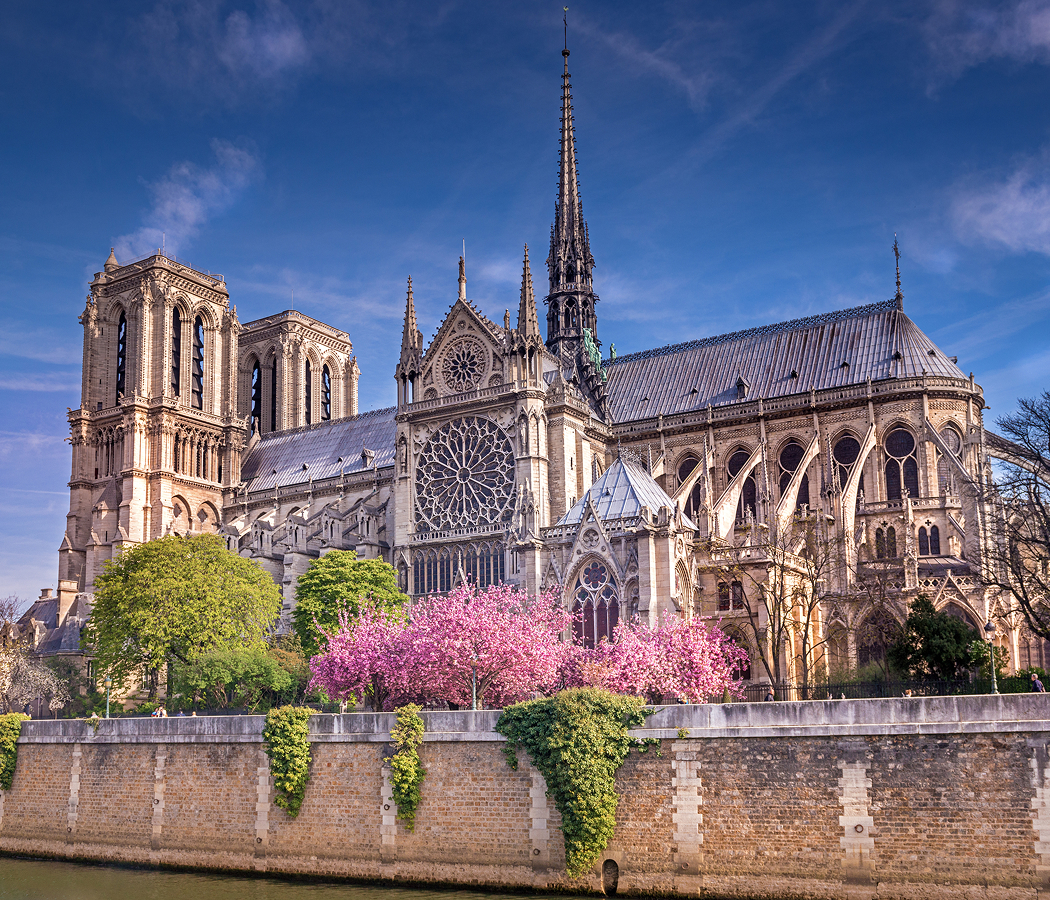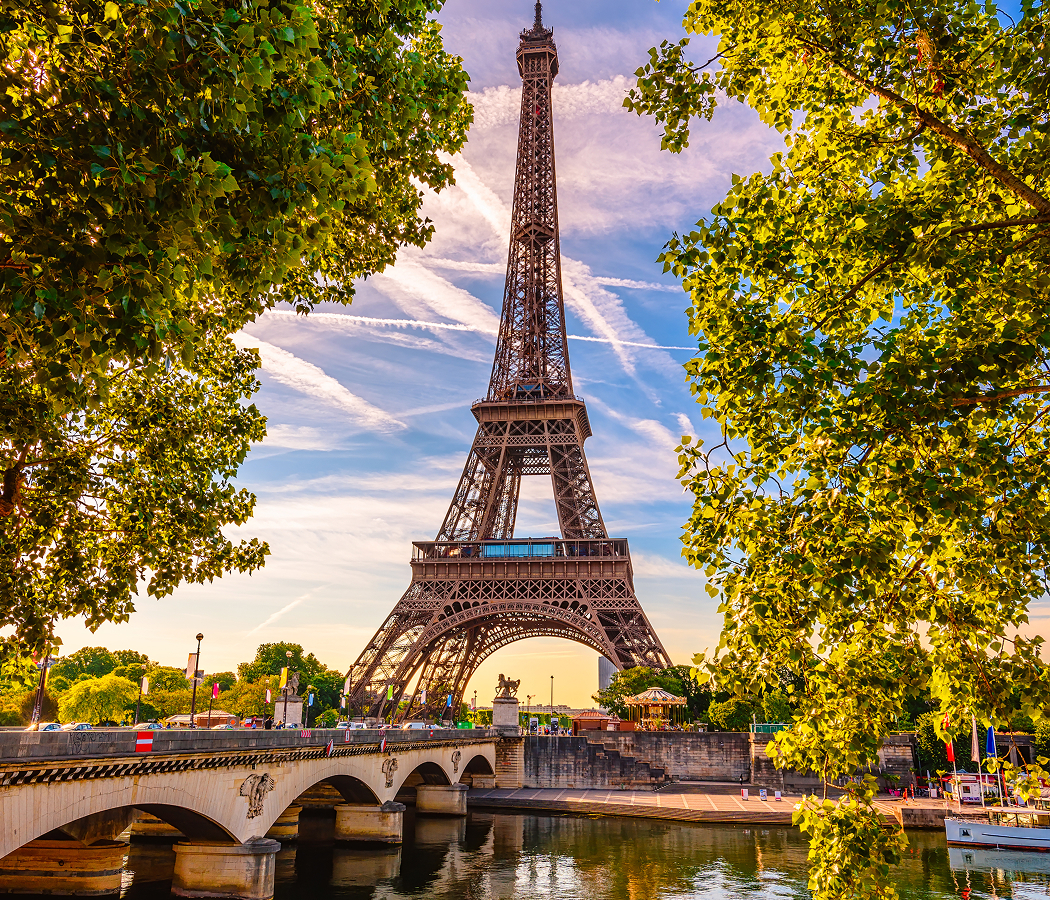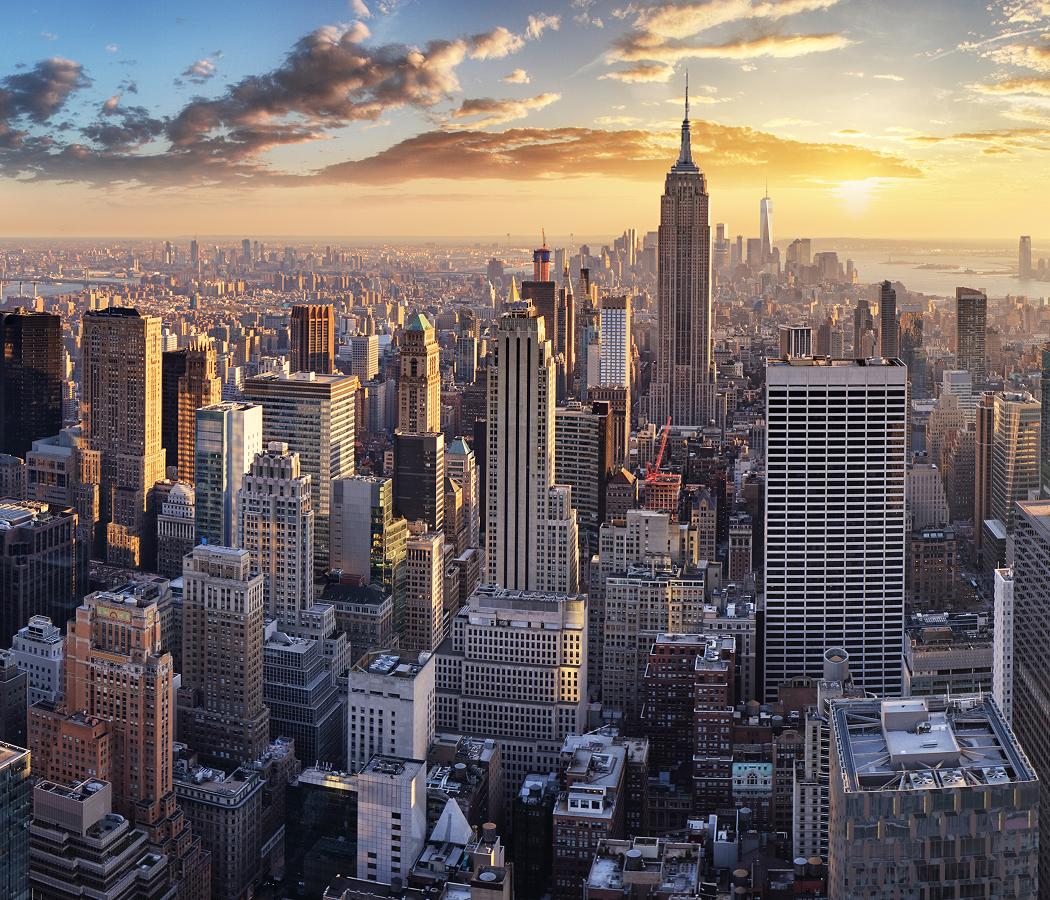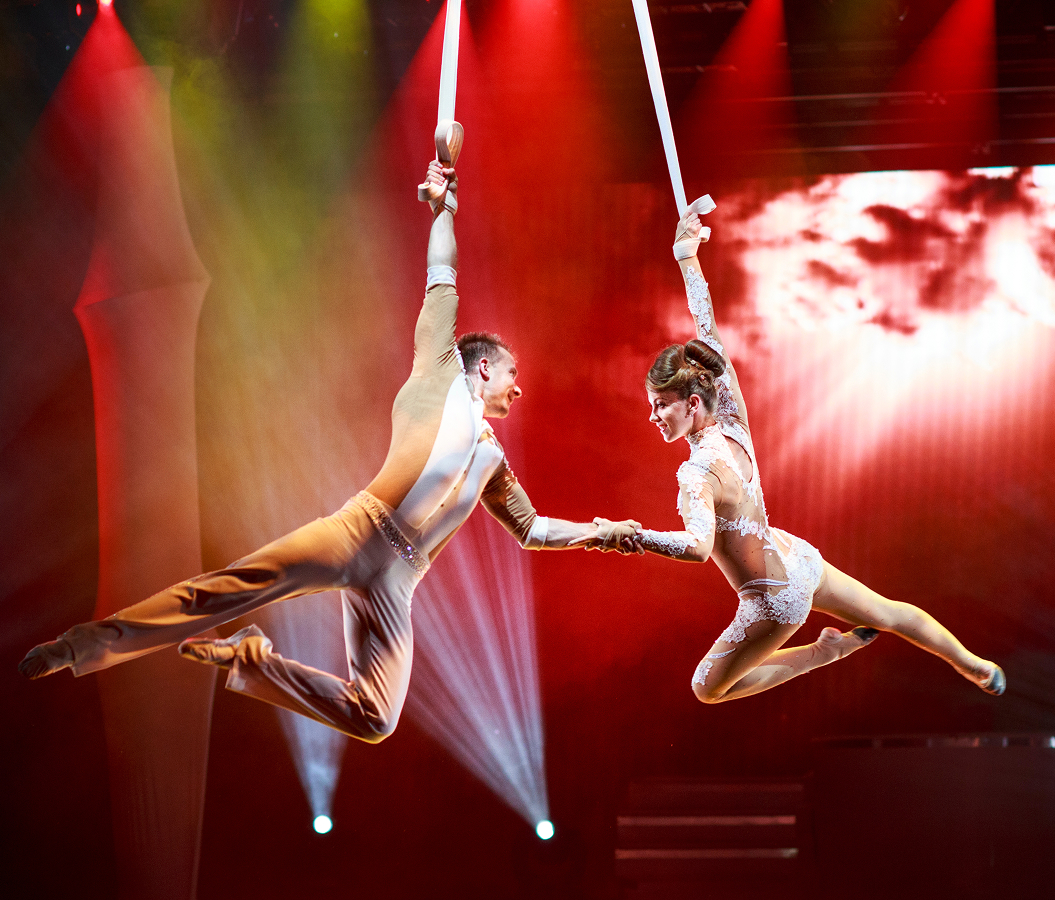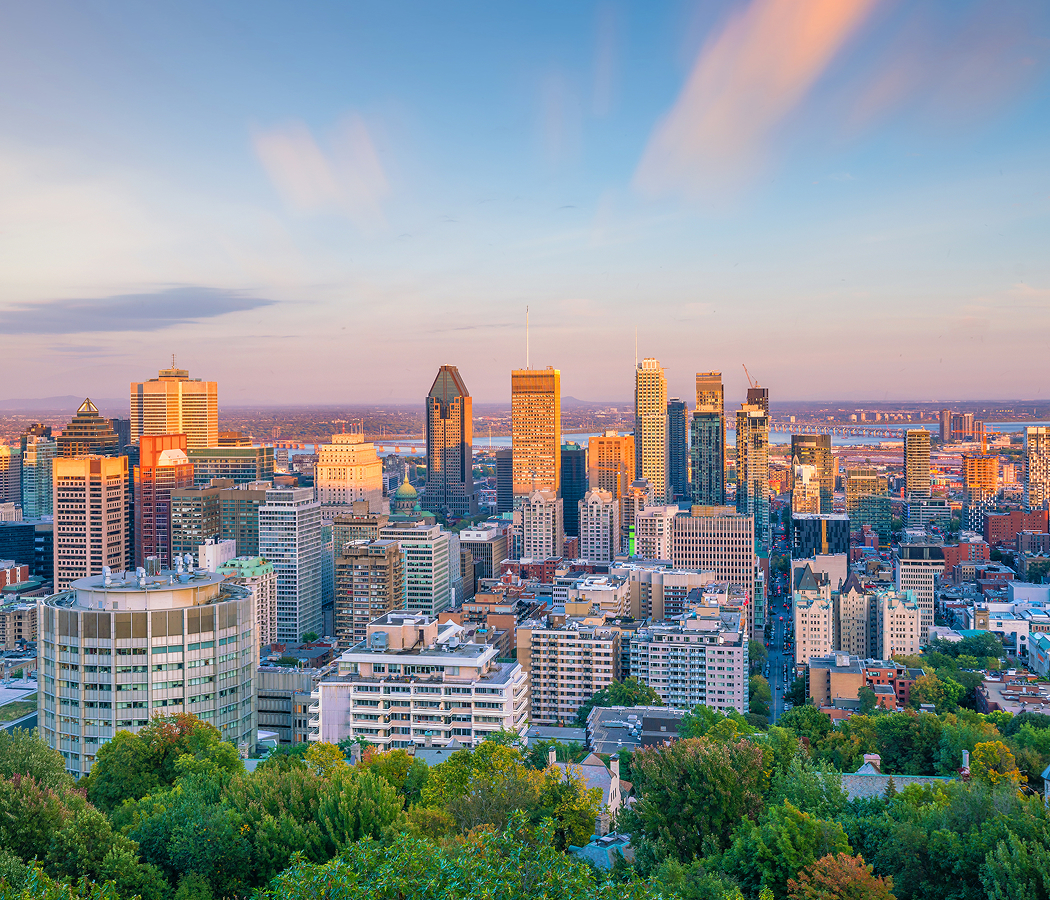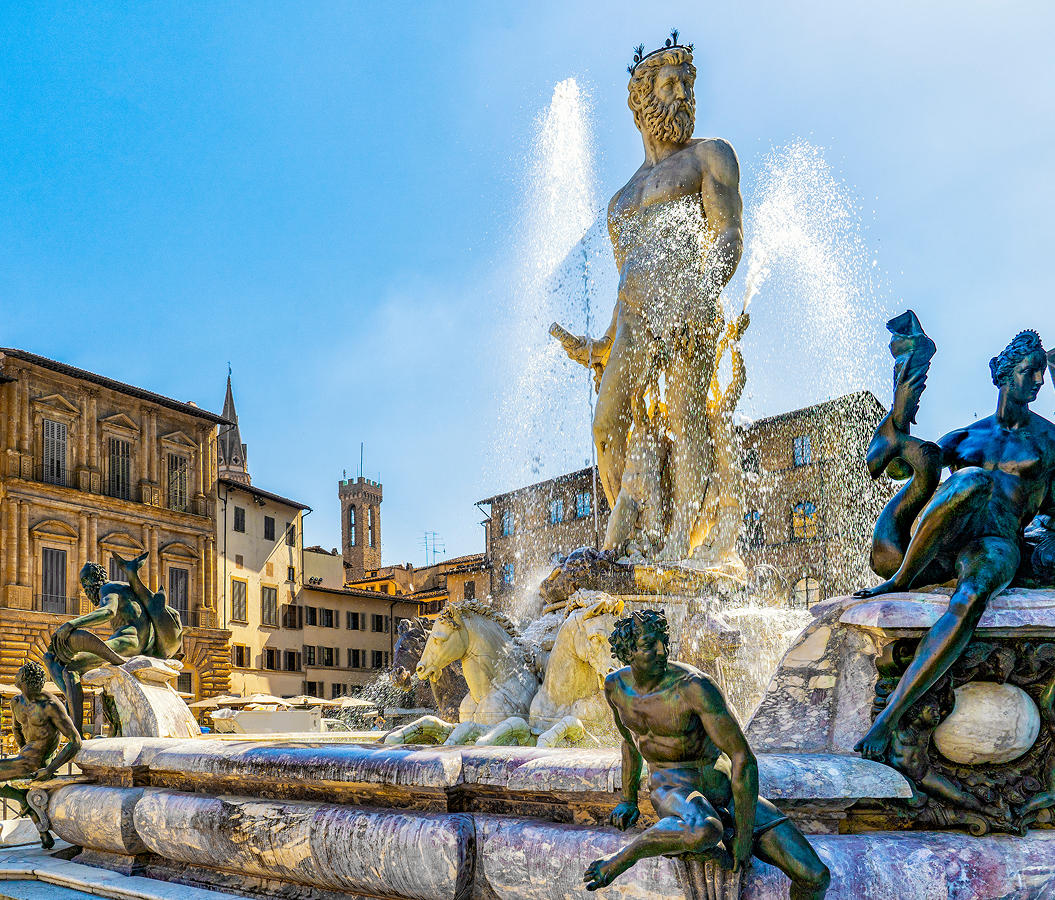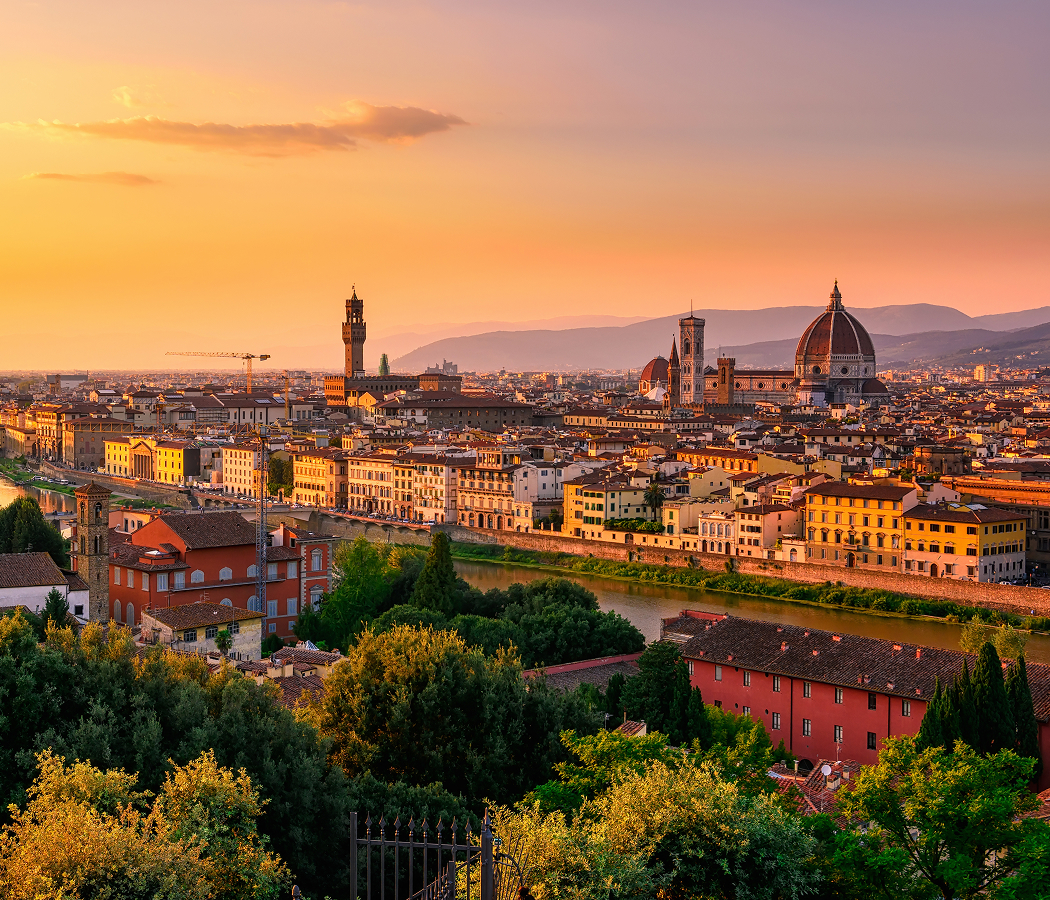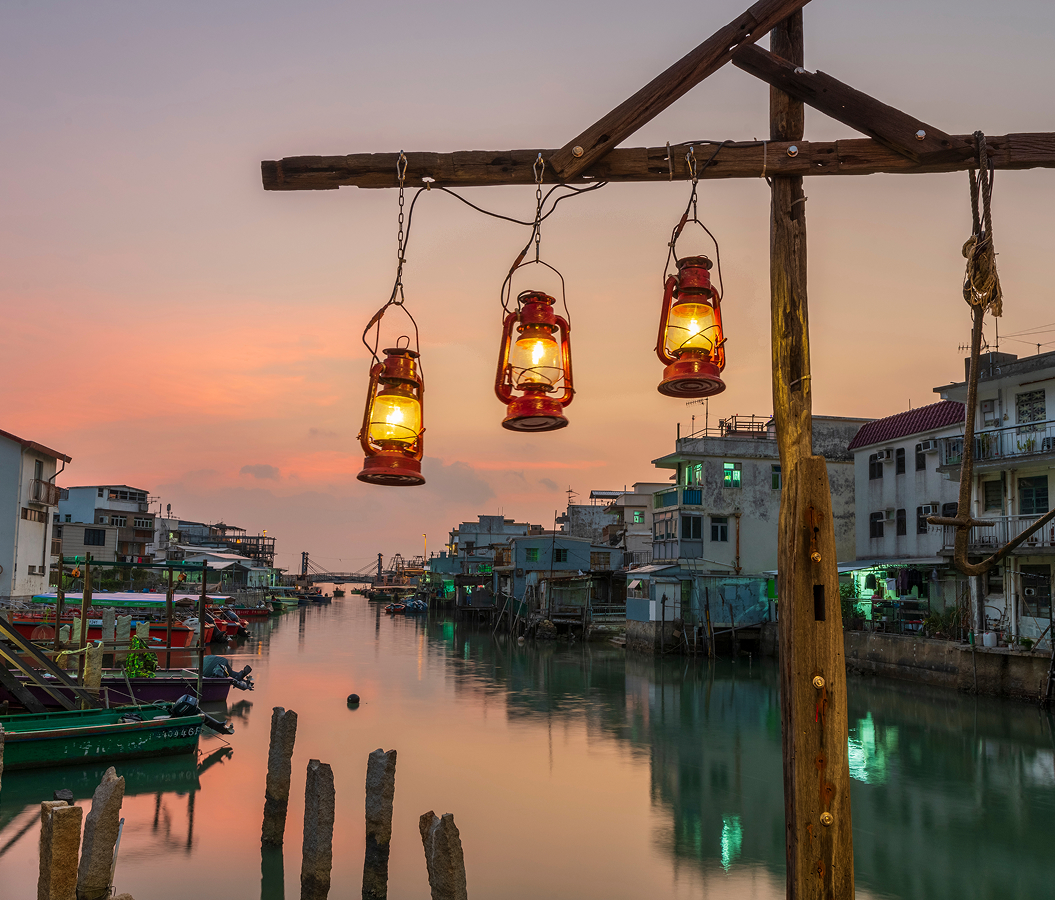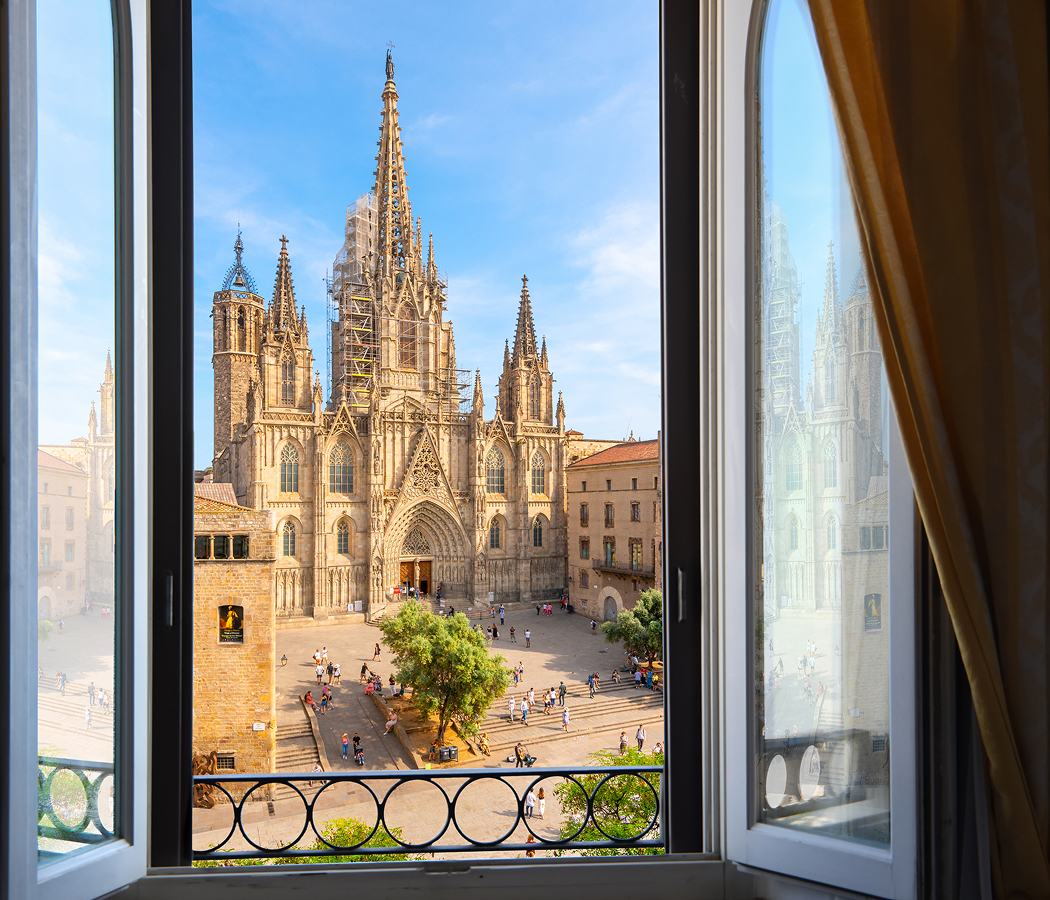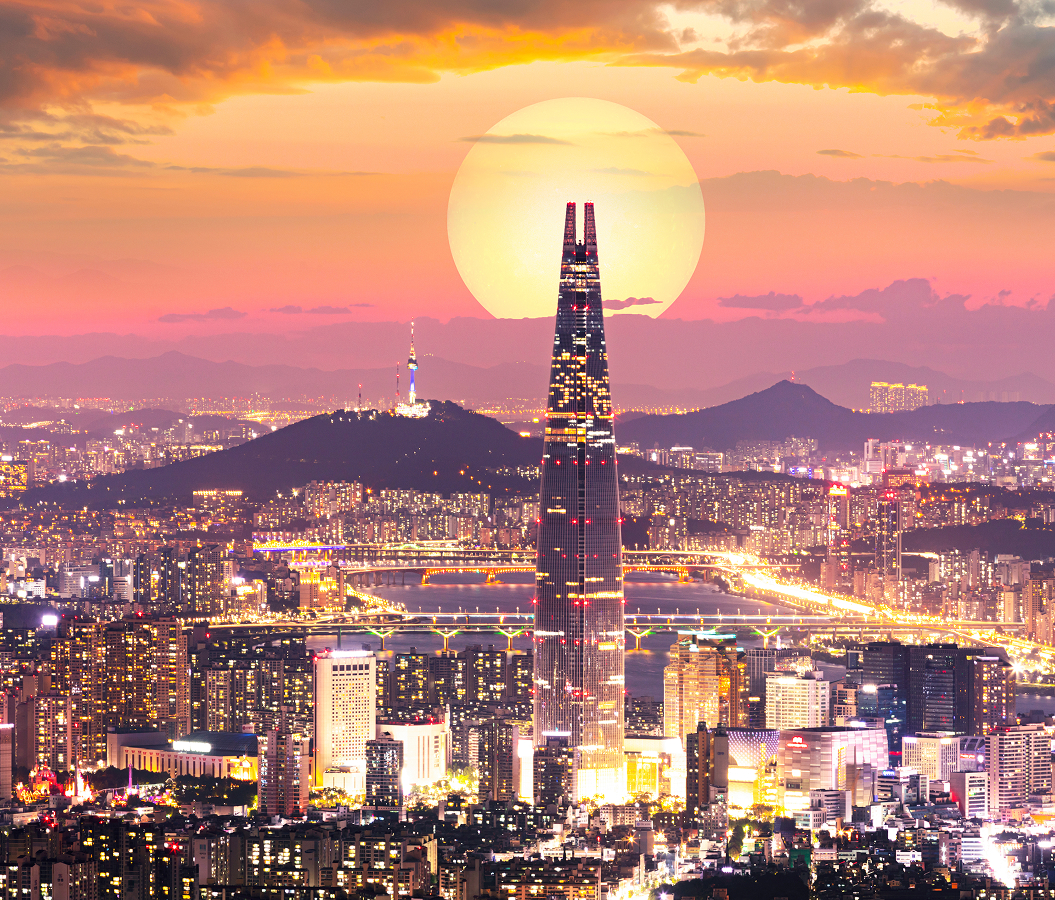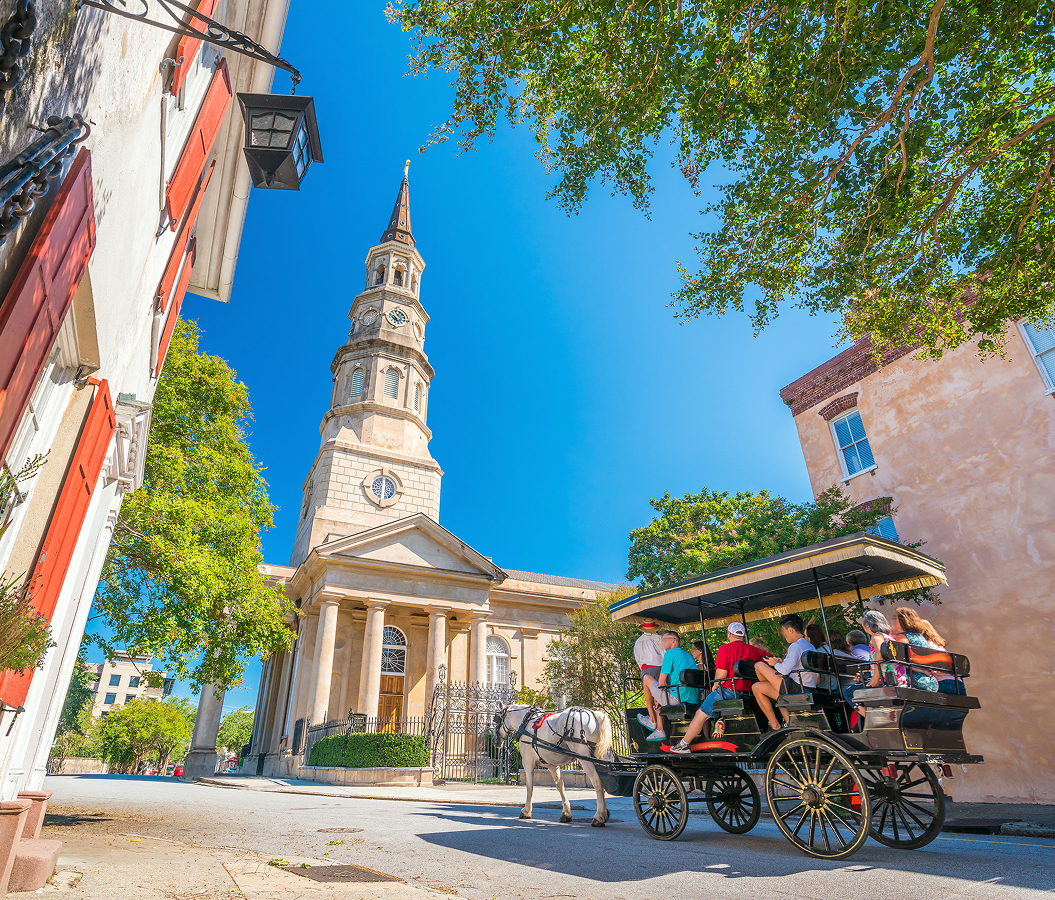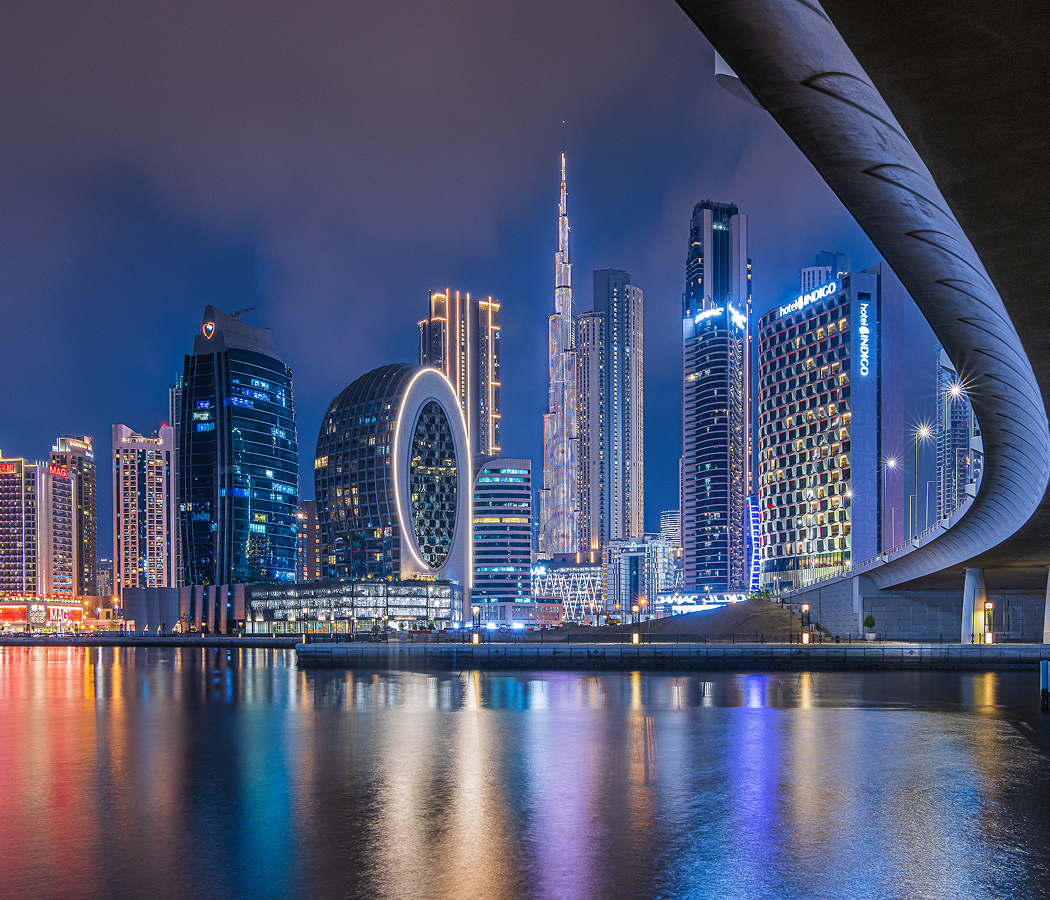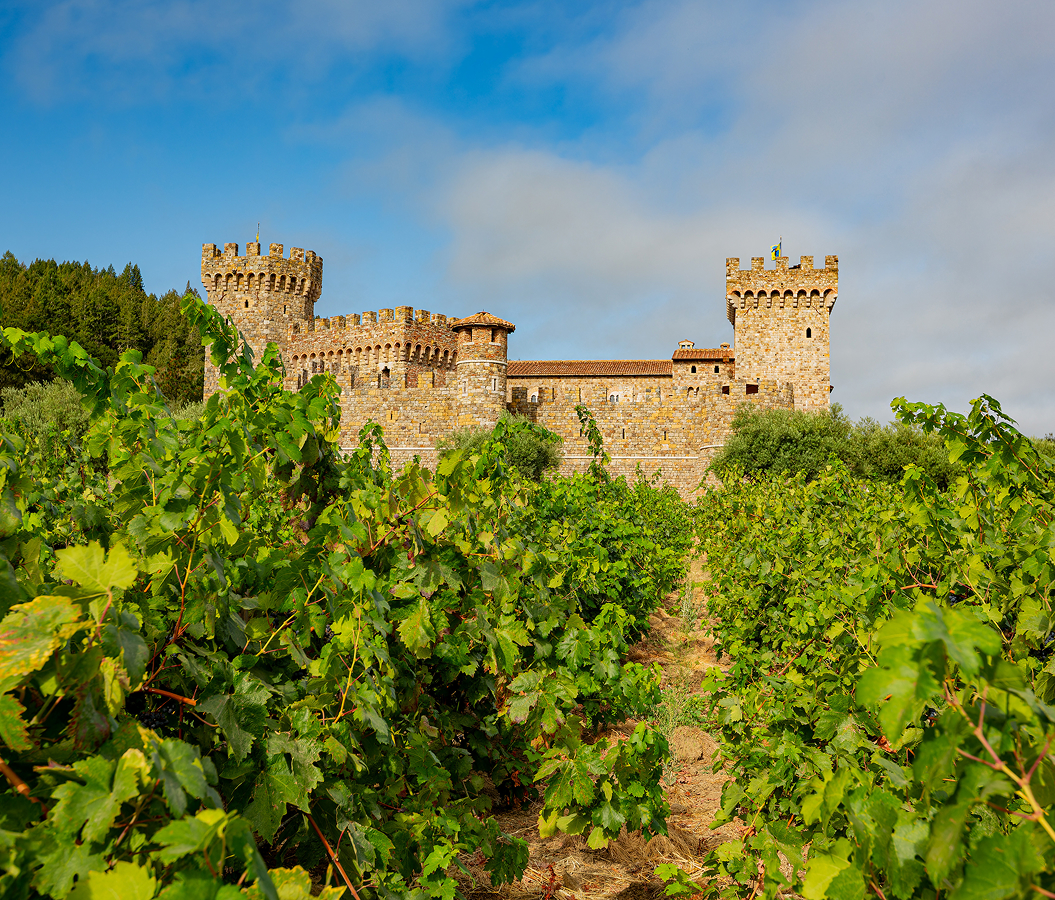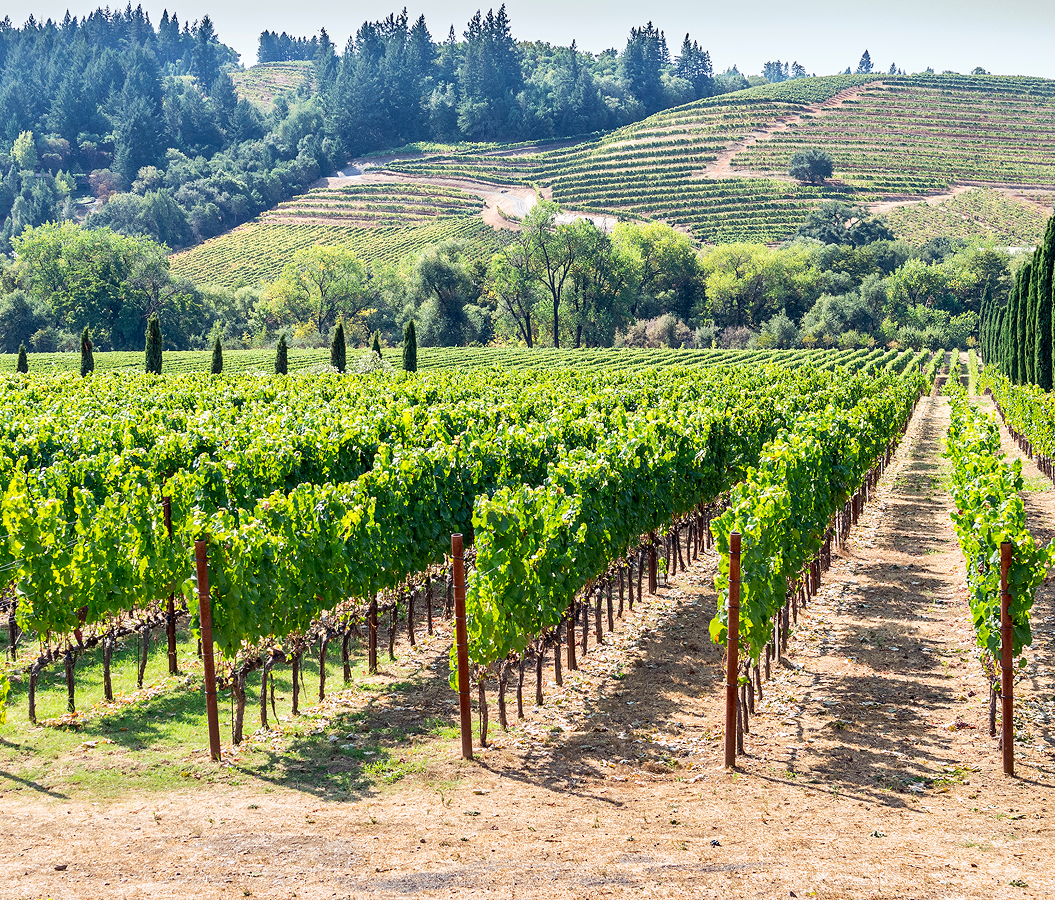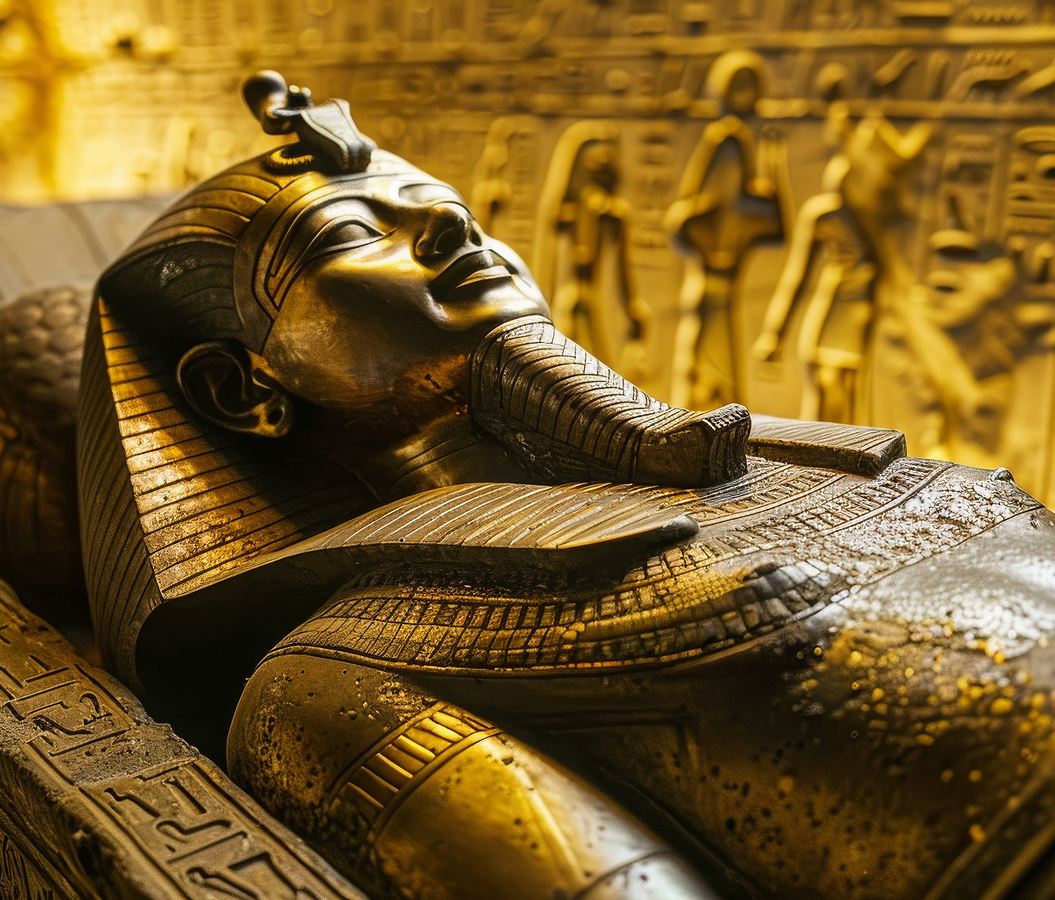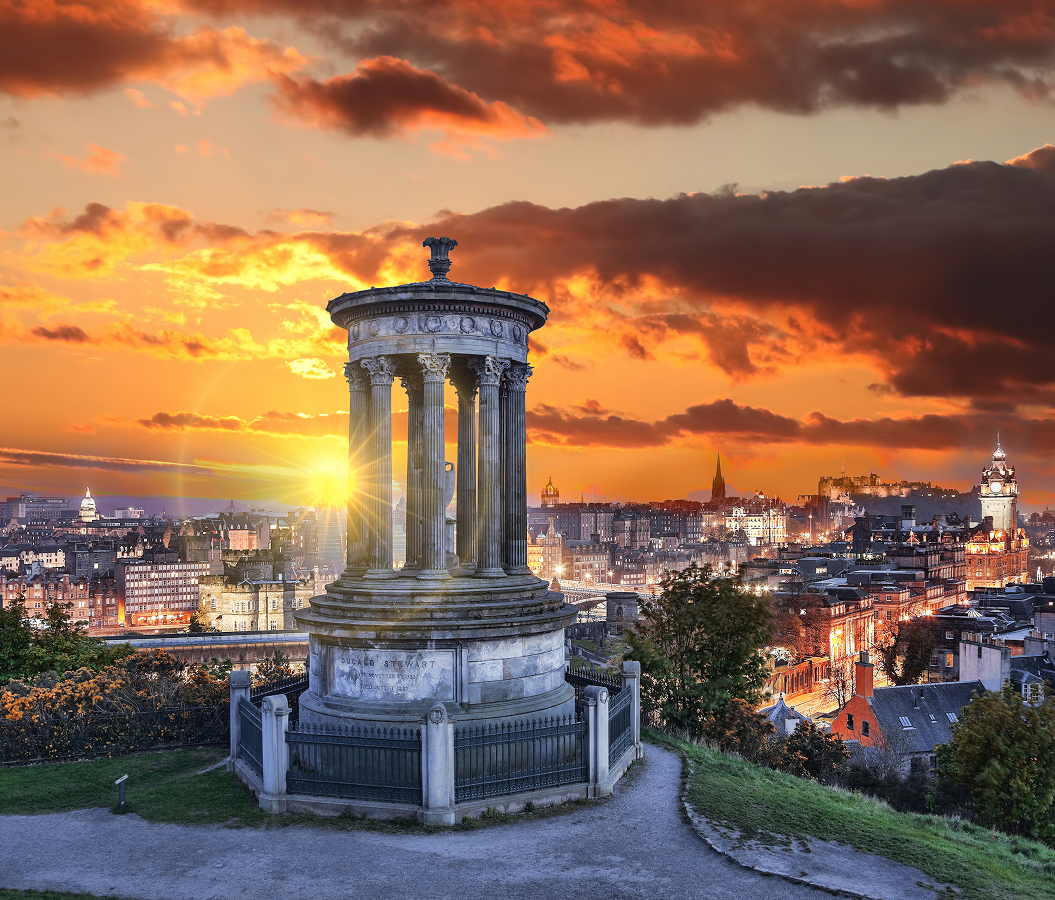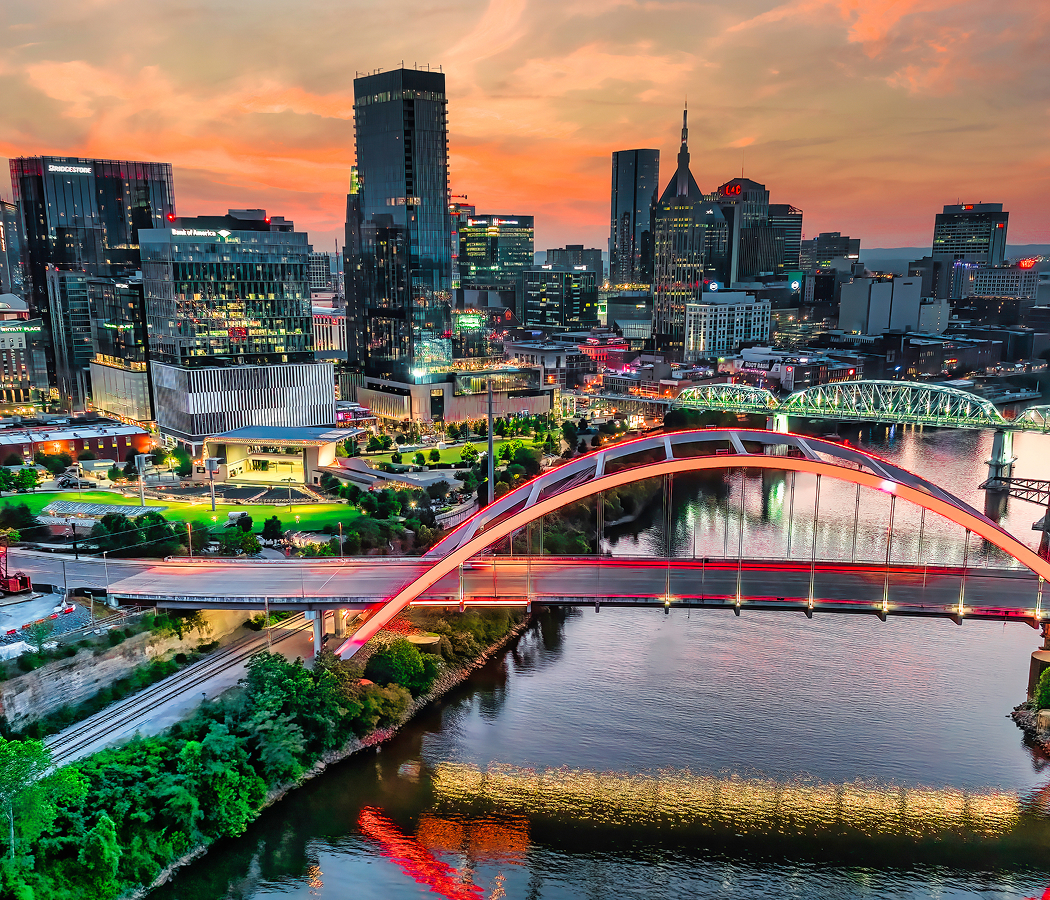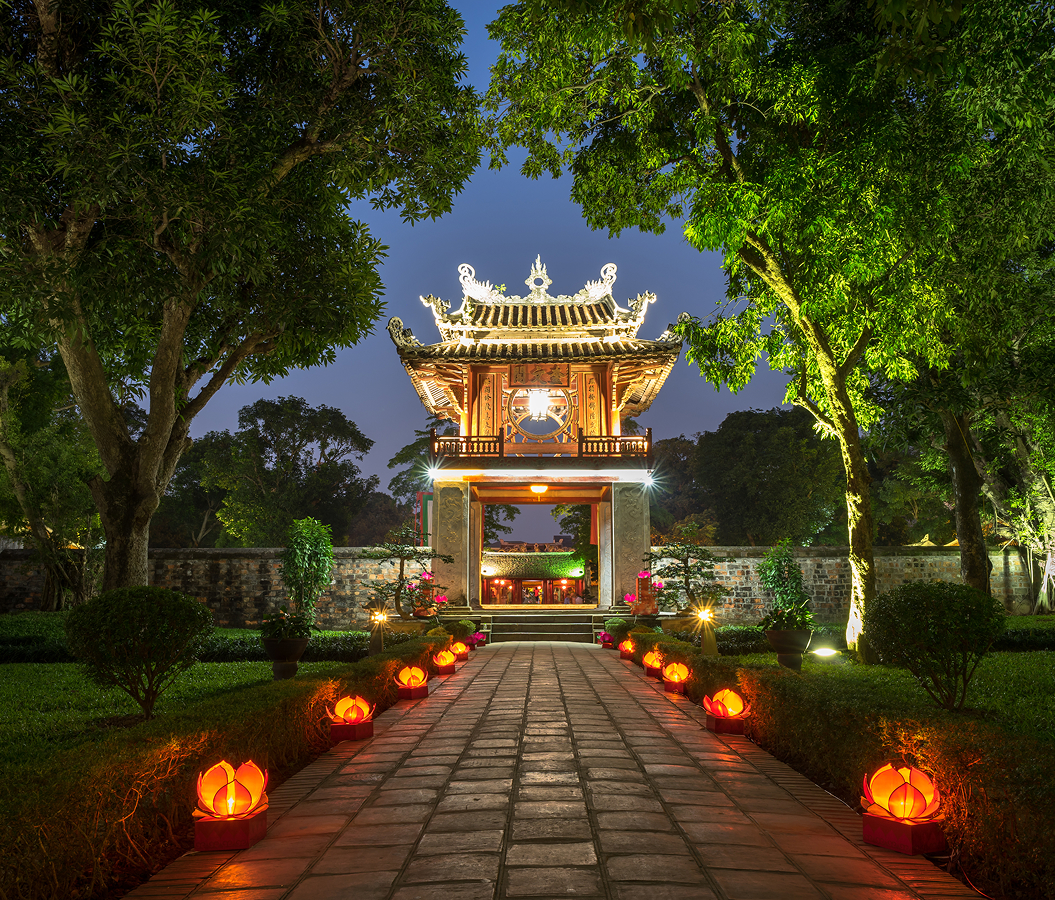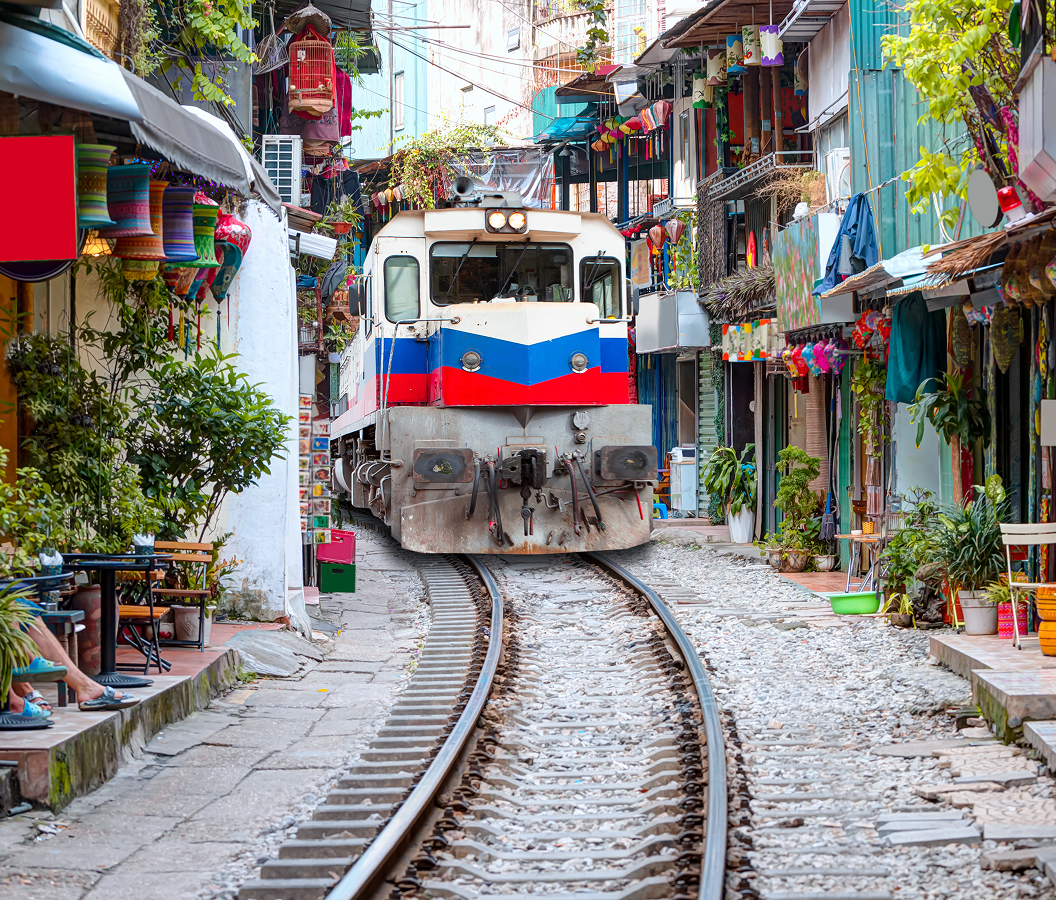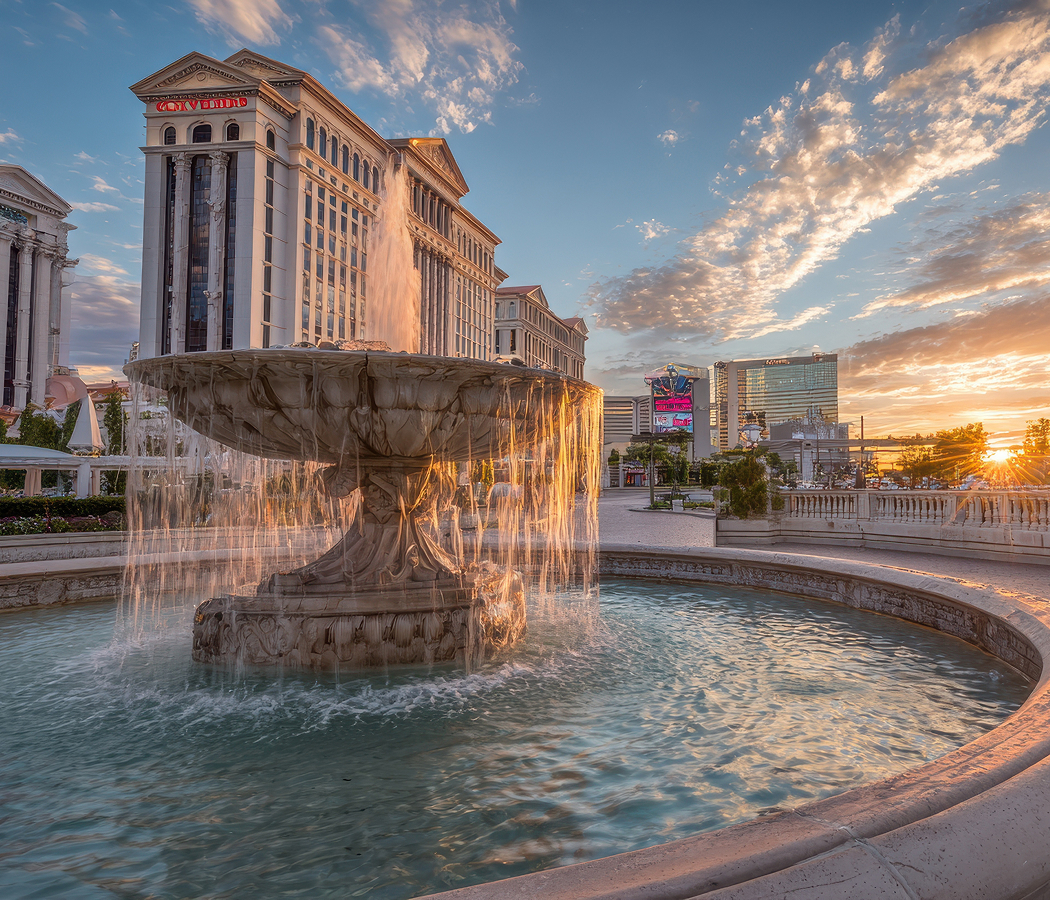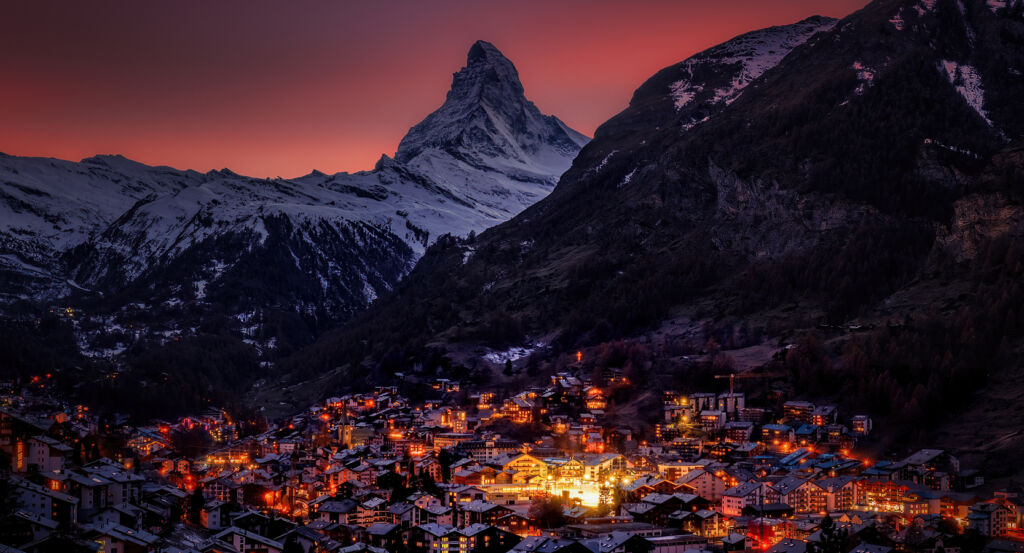
Why you should experience Zermatt in Switzerland.
Zermatt isn’t just a ski town — it’s a state of mind, a world where snow-dusted peaks and old-world elegance collide in quiet perfection.
Tucked into the shadow of the Matterhorn, Zermatt hums with a rhythm that’s both exhilarating and deeply still. Mornings drift in with the scent of espresso and woodsmoke, cobblestones glint under soft alpine light, and the entire village feels suspended between centuries. Here, progress hums quietly — electric taxis glide past chalets older than memory, and Michelin chefs reinterpret shepherd recipes with mountain precision. Every moment is sharpened by the thin air and the nearness of the peaks. The Matterhorn itself feels omnipresent, not as a view but as a pulse — that silent, towering reminder that beauty doesn’t need to move to command you. Beyond the snowfields, mountain lodges serve fondue over firelight, and glasses of Fendant glint gold against the dusk. You’ll hear laughter echo off the wooden walls of après-ski bars and the soft bells of distant herds fading into evening. When the light finally folds across the glaciers in waves of gold and violet, Zermatt exhales into calm. It’s more than a destination — it’s the rare kind of place that teaches you to listen again, to be quiet enough for the world to start speaking back.
What you didn’t know about Zermatt.
Zermatt wasn’t built for fame — it was born from isolation and shaped by obsession.
Long before the luxury hotels and ski lifts, this valley was a remote outpost for herders and tradesmen, sealed off by snowdrifts so deep that silence was a way of life. That isolation would become its calling card. In 1865, a young Englishman named Edward Whymper arrived with a singular goal: to conquer the Matterhorn. His success — and the fatal fall that followed — transformed Zermatt overnight, from pastoral anonymity to the epicenter of modern mountaineering. Soon after, the Gornergrat Railway began its ascent through alpine forests and glaciers, one of the highest cogwheel lines in Europe, carrying those who sought not survival but transcendence. What followed was evolution by reverence. Zermatt embraced the future without losing its soul — its streets car-free, its energy hydroelectric, its skyline ruled not by glass towers but by peaks older than language. Even the village’s wooden barns, blackened by centuries of weather, still stand beside luxury chalets as if reminding travelers that this balance — between ruggedness and refinement — is Zermatt’s true genius. Beneath the beauty lies a frontier spirit that refuses to fade: skiers tracing lines beneath avalanched ridges, climbers still chasing Whymper’s impossible route, and craftsmen restoring chalets by hand because no modern tool feels honest enough. It’s a place where progress moves at the pace of patience, and every innovation still feels like an act of respect.
How to fold Zermatt into your trip.
The secret to Zermatt is never to rush — it unfolds for those who move slowly enough to feel it.
Arrive by train, where every curve through the valley reveals another rise of glacier and pine, until the world opens into the car-free village that seems to hum with contentment. Start your morning on Bahnhofstrasse, where local shops and cafés spill light onto cobblestones, and pause at Bäckerei Fuchs for fresh pastries that taste faintly of honey and altitude. Wander uphill to the Mountaineers’ Cemetery — quiet, snow-covered, and filled with names carved in reverence — then step into the Matterhorn Museum Zermatlantis, where relics of Whymper’s expedition rest beneath glass, still dusted with myth. After lunch, take the Gornergrat Railway toward the heavens, watching Zermatt shrink into toy-town scale as the Matterhorn sharpens with every climb. From the summit, step out into thin, freezing air that feels cleaner than memory, then hike down toward Riffelsee, where the mountain mirrors itself in still, unbroken reflection. Stop for lunch at Findlerhof or Chez Vrony — two of the most storied mountain chalets in the Alps — where cheese melts slow over woodfire and time seems irrelevant. In the late afternoon, ride the Sunnegga funicular for wide-open views that stretch past belief, or follow the trails above Schwarzsee, where silence takes on a kind of texture. As evening drifts in, retreat to the terrace at Cervo Mountain Resort or Omnia, where you’ll watch the sky bruise into indigo as candles flicker against the glass. It’s hard not to feel small here — and harder still to mind it. End your visit with a slow walk back through the village, snow crunching underfoot, the glow of windows soft and golden against the cold. You’ll realize, without meaning to, that you’ve been breathing differently. Zermatt does that — it steadies you, softens you, and leaves you wondering why you ever lived at a faster pace.
Hear it from the Foresyte community.
“Everything slows down here. You end up standing outside longer than you meant to, watching the town lights breathe under the mountains like they’ve got a heartbeat of their own.”
Where meaningful travel begins.
Start your journey with Foresyte, where the planning is part of the magic.
Discover the experiences that matter most.

